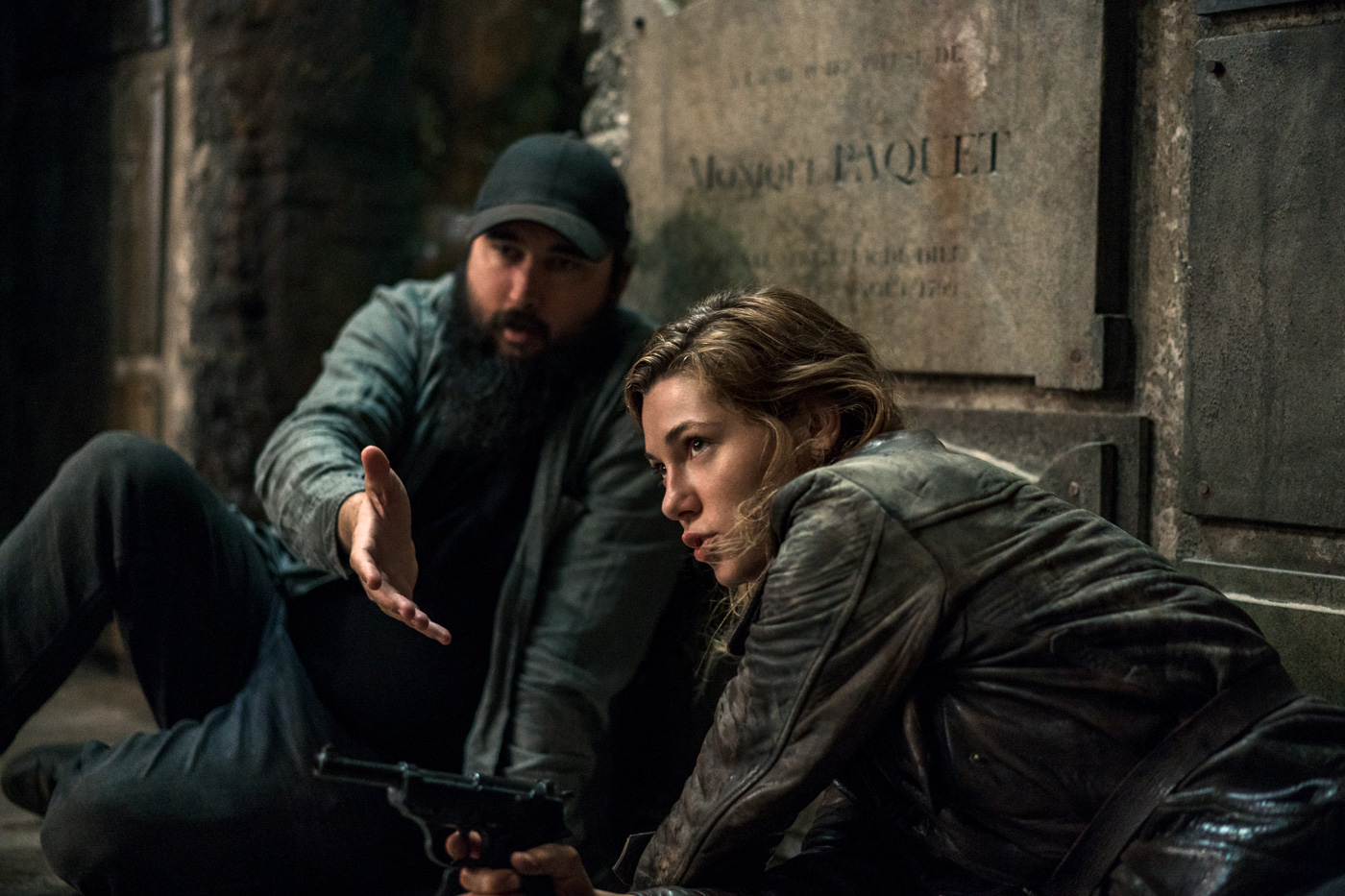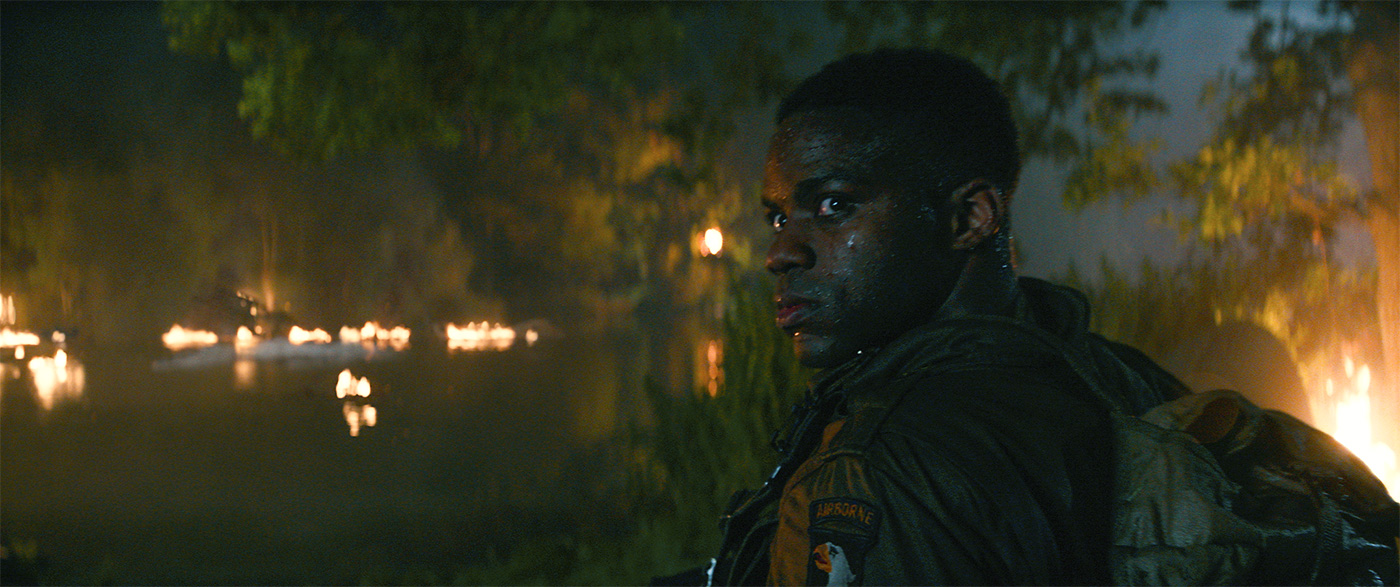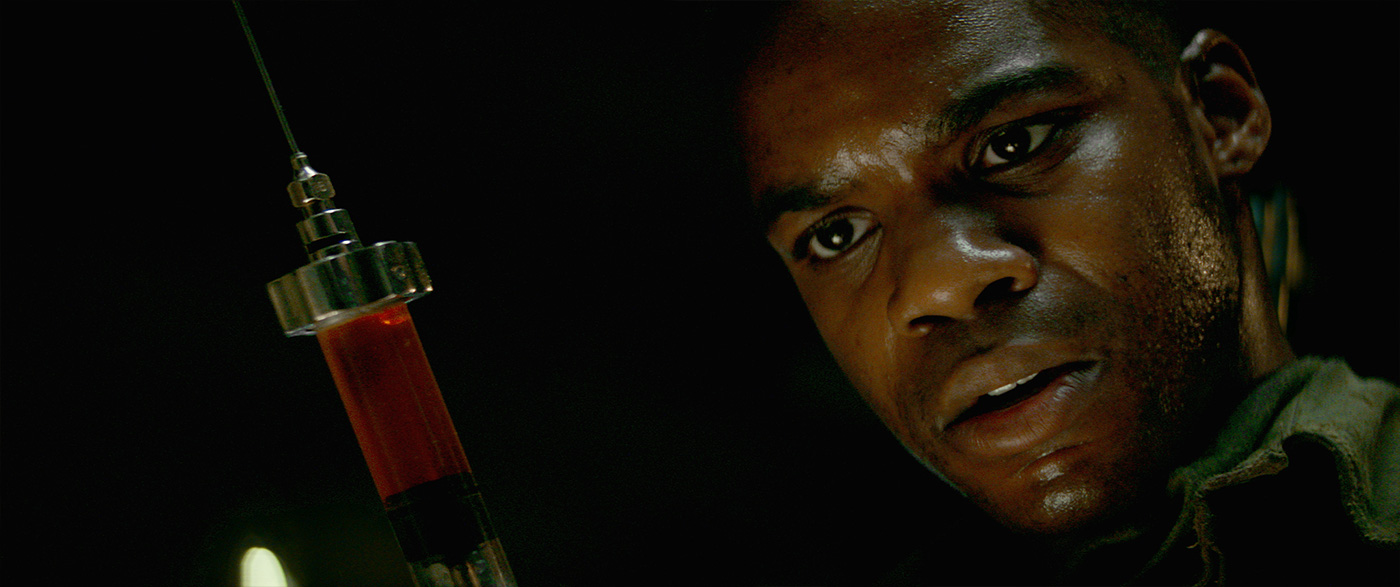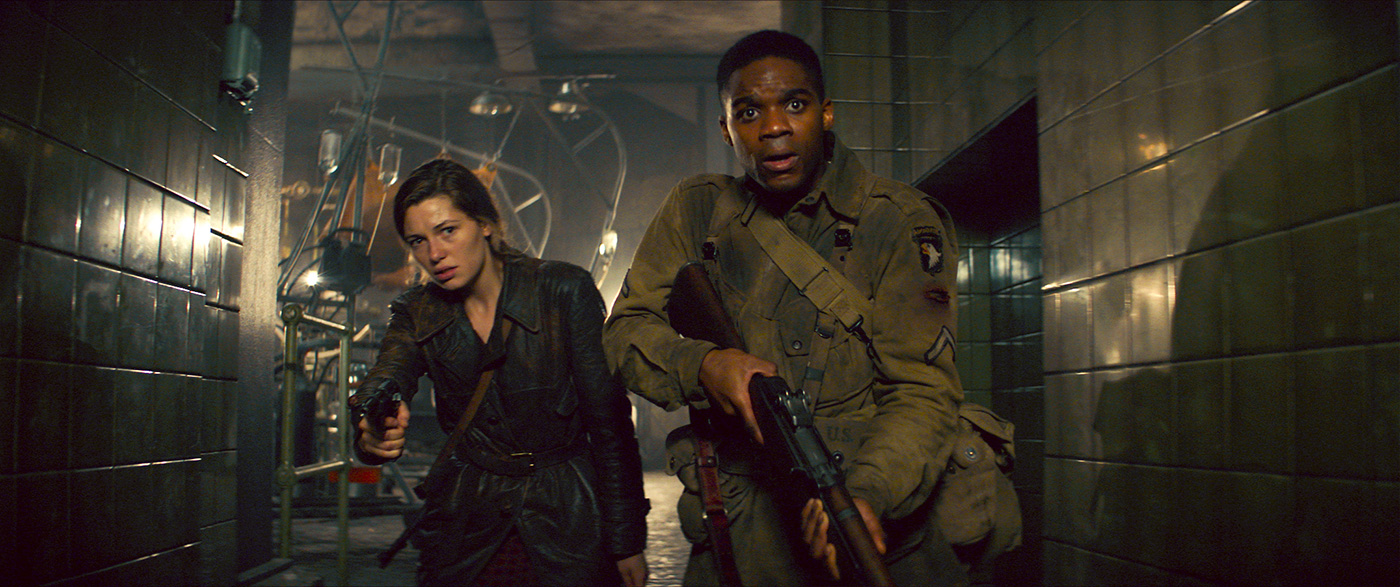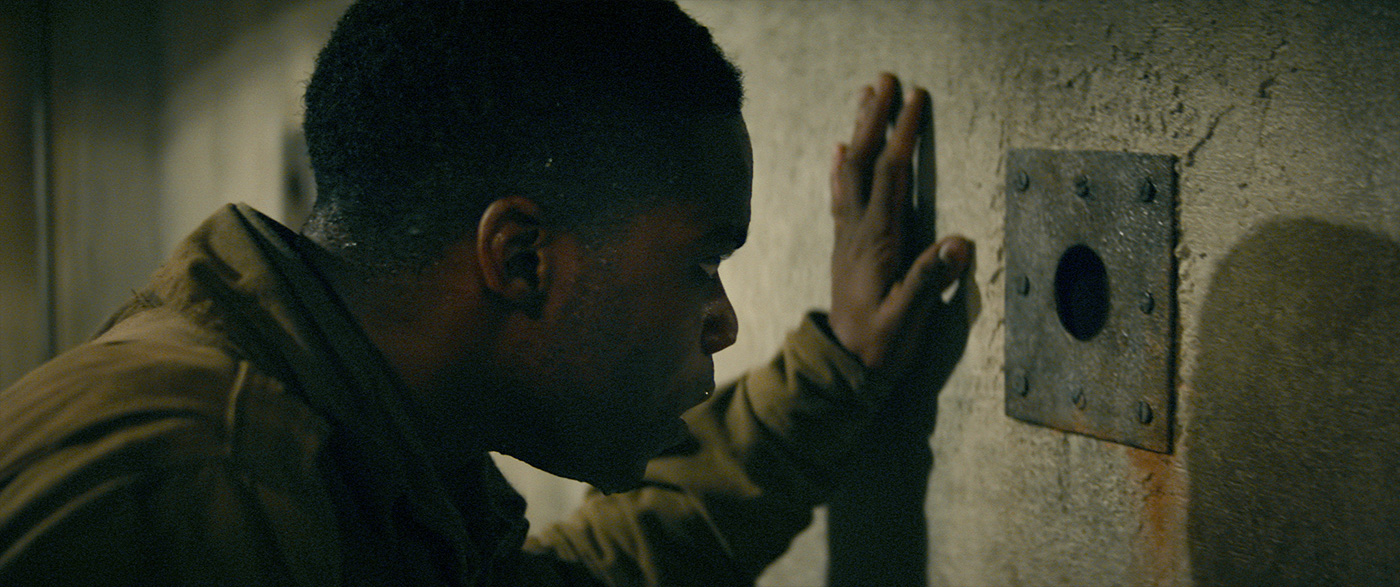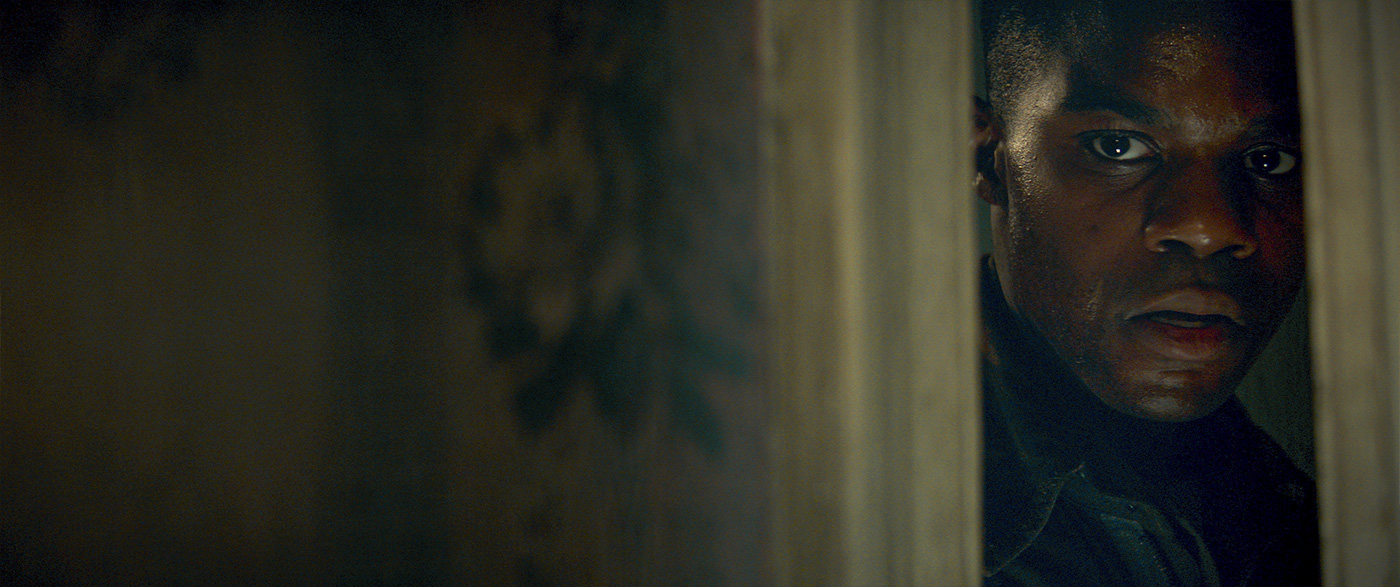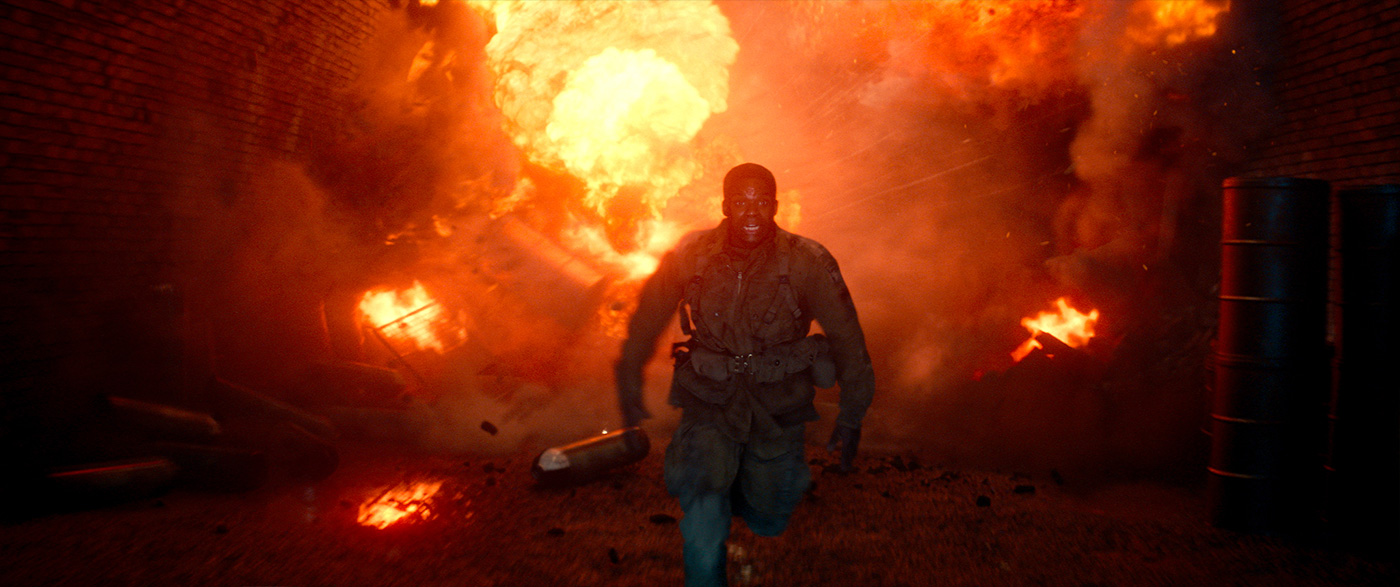In 2017, Mark Bakowski told us about ILM‘s work on LIFE. He then works on STAR WARS: THE LAST JEDI and SOLO: A STAR WARS STORY. He explains today his work of preparation and the shooting of OVERLORD.
How did you get involved on this show?
Julius and some of the Bad Robot team came to see us in London. I think JJ was keen for ILM to be involved after his positive experience on STAR WARS/STAR TREK etc. We of course were keen to work with them–the script looked interesting and Julius was very open to ideas. Also, the shoot was planned for the UK so the stars aligned nicely!
How was the collaboration with director Julius Avery?
Julius was great, I enjoyed working with him in prep and shoot (I wasn’t involved with the post as it was supervised from ILM’s Vancouver office). Julius had a strong vision but was very open to ideas and suggestions. So, for example, near the end there was a big one-er when Boyce escapes through the base and out of the tunnel, it was planned as a more transitional sequence but I pitched it to him a few days before and he went for it!
What were his expectations and approaches about the visual effects?
Julius wanted us to work hand in hand with SFX, MUFX and stunts. Grounded in reality as much as possible, he likes a practical flavour so there was a lot of collaboration between depts. It was a great problem-solving exercise working out how close we could go to practical fires and explosions, best ways to stab people, shoot them, blow their heads off, and all that stuff. We shot lots of practical elements such as explosions for flak and mines, blood squibs, dust, debris all the fun stuff, plus also bigger set pieces such as engines on fire and exploding on the c-47. Even if they were to various degrees replaced or augmented digitally they provided a reference or a basis to build on.
Julius was also looking to use VFX smartly to get the most bang for his buck and save production budget where possible and logical –so although he was keen on practical there are of course fully VFX shots when it made practical and aesthetic sense.
How did you organize the work between you two and with your VFX Producer?
I did the planning and the shoot and handed it over to Dan and ILM’s Vancouver studio for the post. Chrysta Burton our amazing producer stayed on throughout as the steady hand of continuity.
Can you tell us more about the previz and postviz work?
We prevized and techized the opening on shot– where Boyce starts in the plane and lands in the water. Martin Chamney took care of this and the sequence where they guy gets his head blown off on the motorbike with grenade in his mouth. The viz for the opening shot really helped us block it in terms of stunts, lighting and camera rigs, and of course joins between the different components. Eventually due to the demands on the rigs we opted for more joins to really get the shot Julius wanted. Some sections could be lined up very closely into morph/wipe territory but the wilder ones required CG take overs of characters. After the previz, Stunts then took over components and did some amazing stunt viz interpretations –adding ideas and suggesting options. We experimented with different rigs to get the right camera and character tumbling motion, and made sure lighting was suitably frenetic and random that we could dress flack and tracer around it.
The opening sequence is really impressive. How did you create it?
As various stitched plates as outlined above, with a combination of actors and stuntmen as required. The C-47 was on a gimble that could angle and shake –and it was surrounded by SFX fire and lights. As the shoot progressed the C-47 was practically damaged more and more (for continuity). So, by the time of the big opening one-er shot the whole front had been removed allowing the stuntmen to slide out of the front into the digital abyss. For Boyce’s fall, the actor was on a tuning fork rig much of the time to allow for the head-over-tail pivot. For the backgrounds for the aerial stuff we shot plates from a drone and also a helicopter, which were stitched and augmented as required afterwards.
The hero discovers a serum that transform people into super soldier. Can you explain in detail about your work on the terrible transformation on the US soldier?
There was a basis of mufx–and the hero shot where the head bends back was a model. Then lots of VFX on top of this as required.
Did you receive specific indications and references for the super soldier?
We looked at lots of shocking images of war injuries. Julius was very keen on use of negative space–he really wanted to see into the hole–not just have surface injuries.
Later, one of them is being burnt by a flamethrower. How was created this FX?
This was a stuntman –then augmented digitally. The flamethrower for the stunt was propane but we also shot elements of a real petrol flame thrower. This was terrifyingly hot and dangerous. I didn’t like being near it…
The hero is escaping the basement in the middle of explosions. Can you explain in detail about your work on this continuous shot?
The end was shot as three plates, joined with an explosion and secondly a stitch as a door opened from the stage set to a location. The set build was amazing and huge so although it needed the odd green screen extension here and there it generally held together as a practical location that made geographic sense through the shoot. This meant for the escape there was less stitching to do. The destruction of course had to be added to it, but the base was there, along with the tunnel location as the two basic components.
Which sequence or shot was the most complicated to create and why?
To shoot – the opening shot one-er by far. So much that could have gone wrong.
What is your favorite shot or sequence?
Thought the opening aerial battle looked amazing!
What is your best memory on this show?
Hanging out with the VFX on set team and coming up with fun solutions with their help. My favourite was a toy lightsaber we used to impale the bad guy as a stand in for a bit of metal work that goes through his chest. That was a great bit of last-minute scramble around, which ended well and gave the actor something practical to hold onto–but that could collapse and disappear into his chest.
What is your next project?
I’ve just finished BIRD BOX and have moved onto ALADDIN.
A big thanks for your time.
WANT TO KNOW MORE?
Industrial Light & Magic: Official website of ILM.
© Vincent Frei – The Art of VFX – 2018



